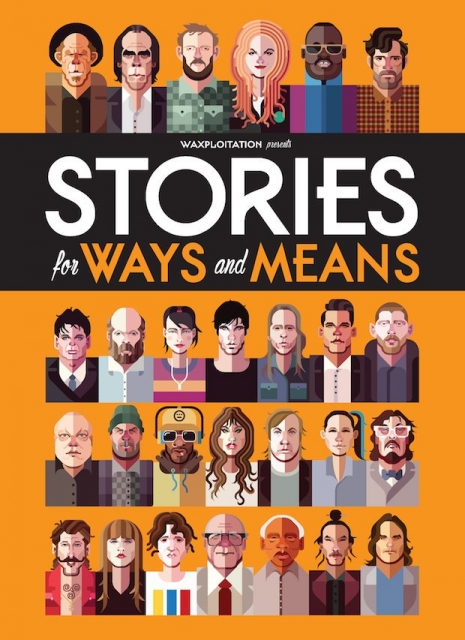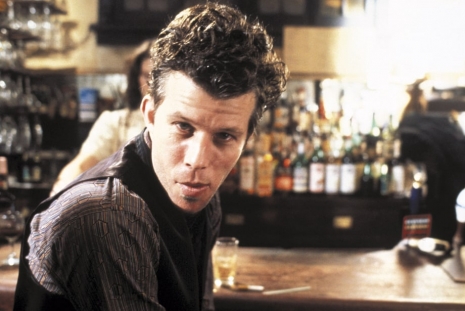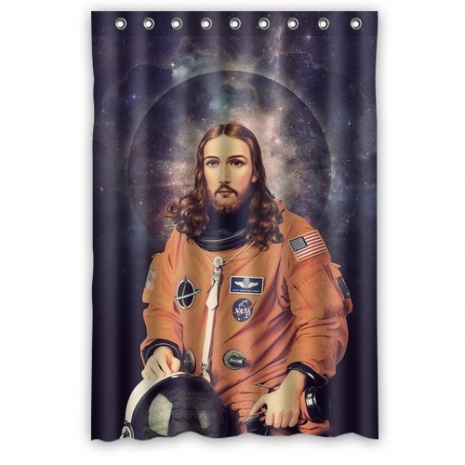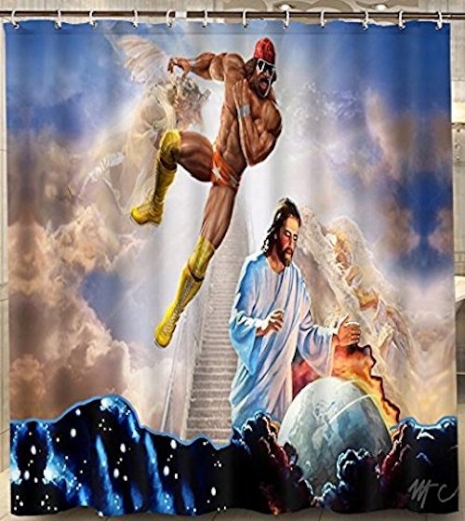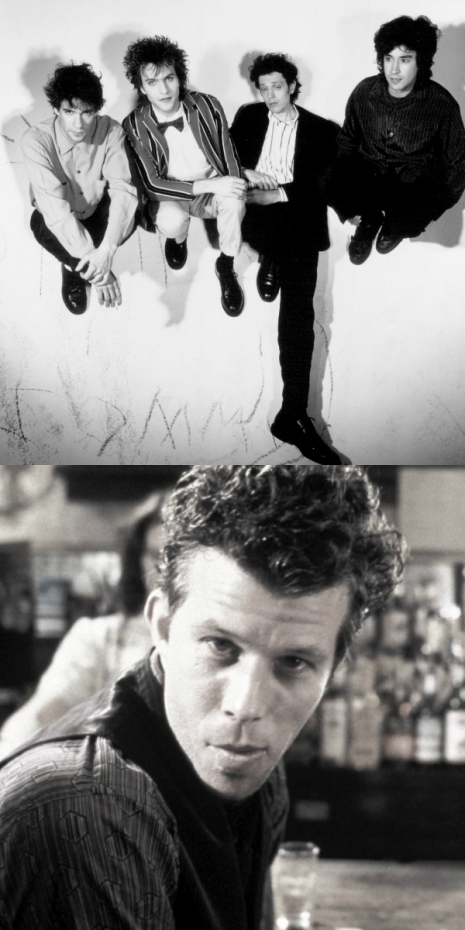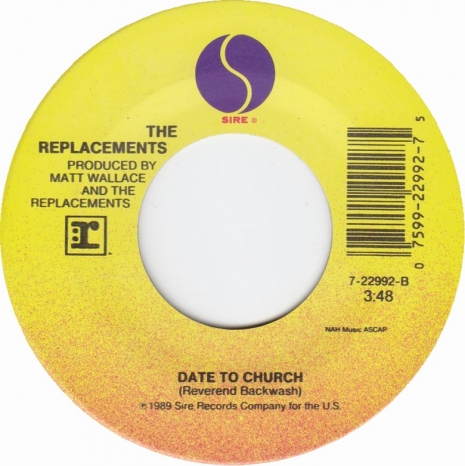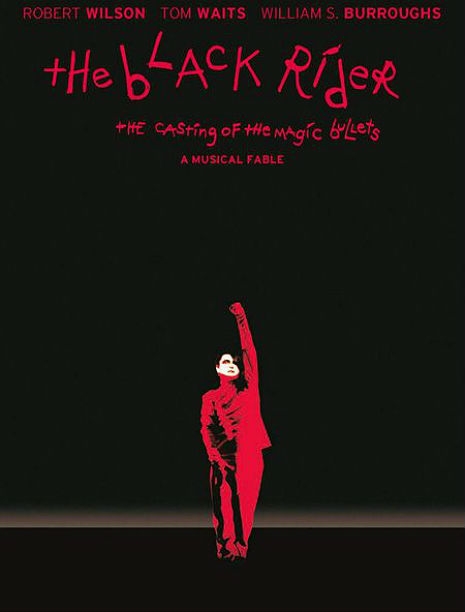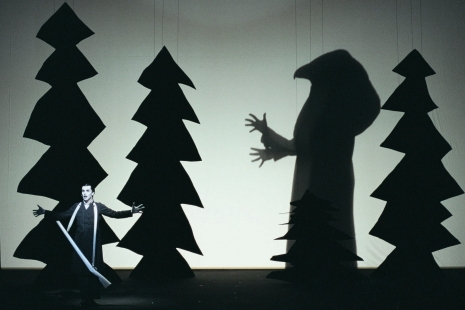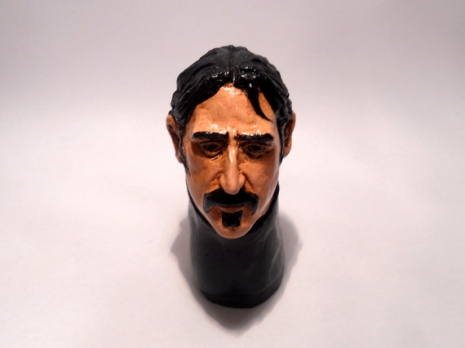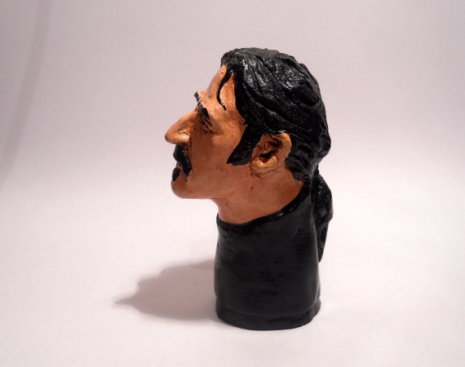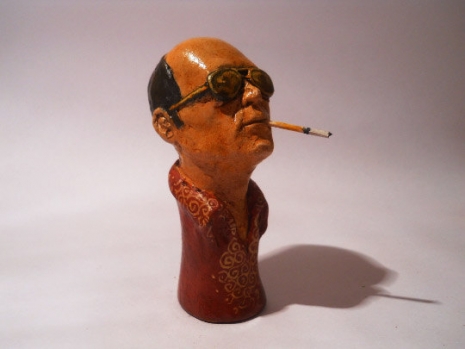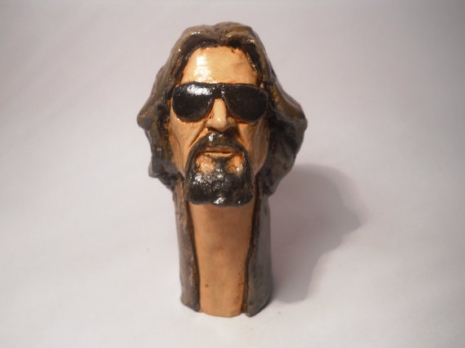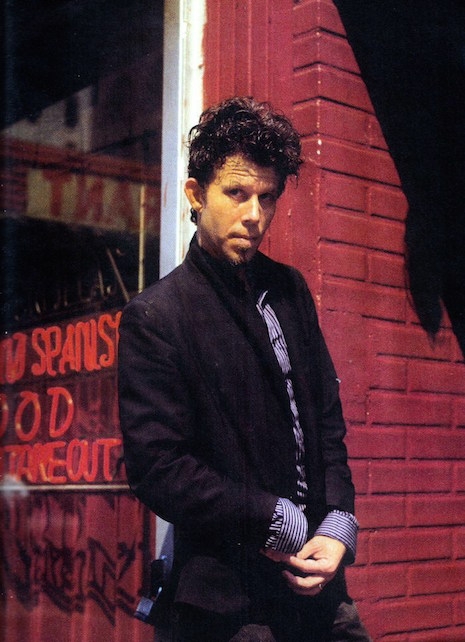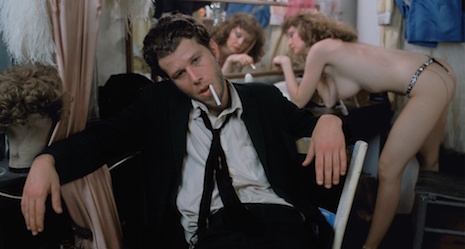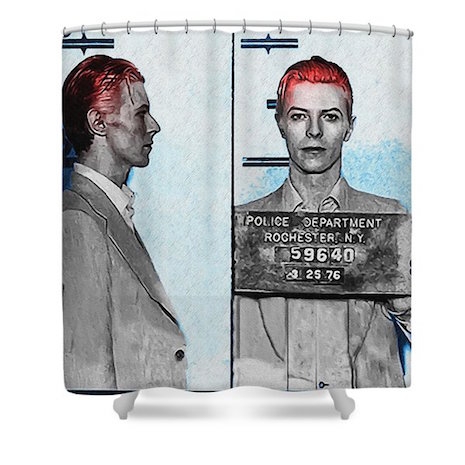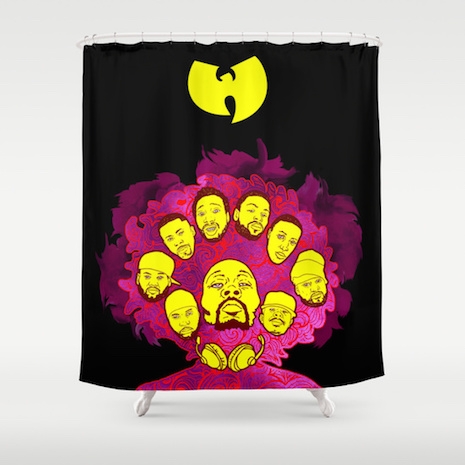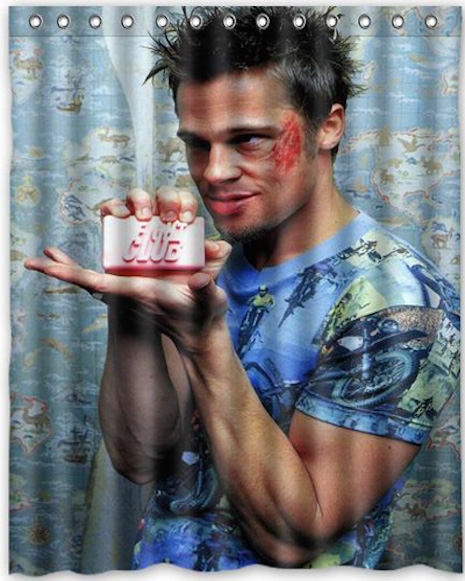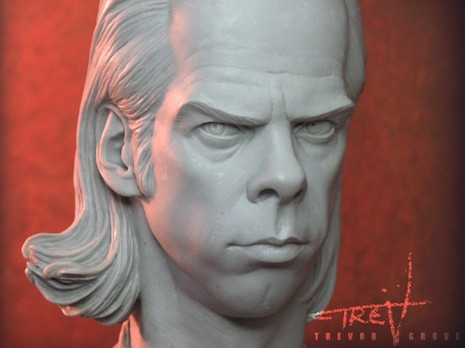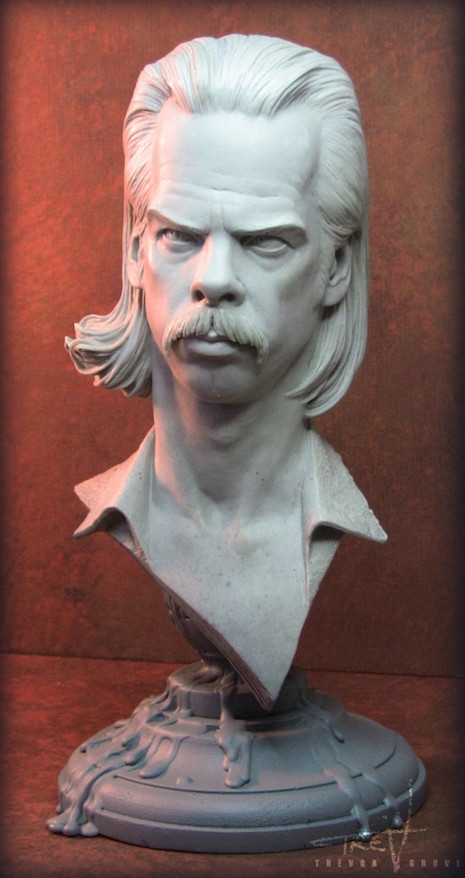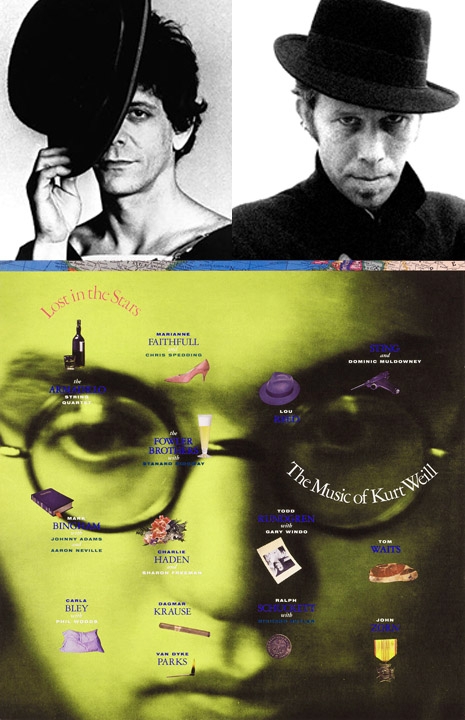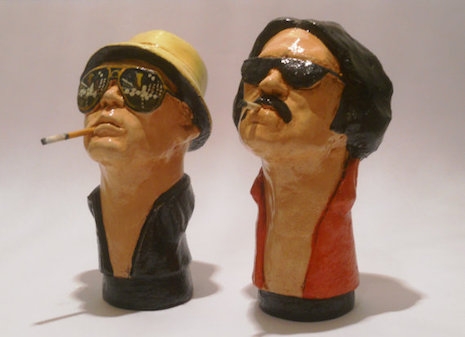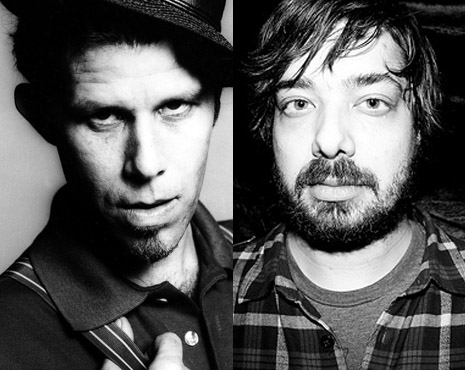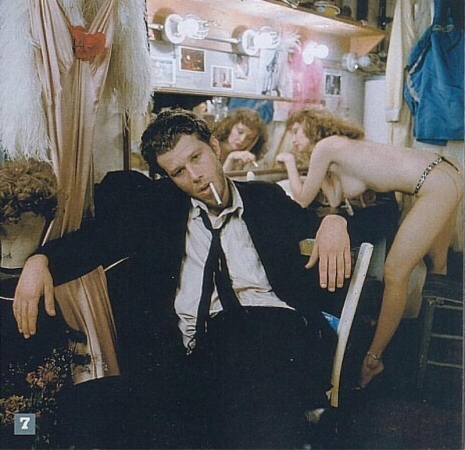
Unusually among singer-songwriters, Tom Waits invented a schtick that was so original that it traded somewhat in shock value. Most everyone has a “the first time I ever heard Tom Waits” story; the palpable need of listeners to testify to Waits’ baffling qualities is unique in entertainment, I think.
Imagine what it was like as the renown of Tom Waits slowly began to seep past the cognoscenti and into the wider world. In the mid-1970s, with perhaps three albums under his belt, Waits began to appear on TV talk shows, and the interface between the observers’ naivete about what performers are and can do and Waits’ own messed-up thing began to reverberate more widely.
To be blunt: the more Tom Waits began to appear on TV, the more opportunities there were for people to say, “How did that homeless guy learn to play the piano so good?”
Case in point, Tom Waits’ November 17, 1976, appearance on The Mike Douglas Show, during which most of the questions Douglas (not unsympathetically) asked could simply be replaced with a series of thought bubbles with “WTF” inside. Small Change was the album he was supporting, but on the previous album, 1975’s Nighthawks at the Diner, Waits made the single most consequential transition of his career, adopting for reasons unknown his signature gravelly voice and also taking on the distinctive persona of a louche denizen of seedy late night dives.
What’s unmistakable is that Waits was in high form that day. Douglas asks Waits, “How would you describe what you’re doing?” and Waits answers, “I’m an unemployed service station attendant most of the time.” Later on he says that his preferred audience would be composed of “four-speed-automatic transvestites, and unemployed shortstops, that sort of thing.” Douglas asks him about the roughness of his voice, and Waits replies, “I just talk this way on the weekends.” Marvin Hamlisch, observing the exchange, allows as how Waits probably smokes too much.
Special praise, however, for Douglas’ relative equanimity, considering that a few hours earlier, Waits had not been permitted access to the set on account of clearly being some kind of vagrant, and Douglas’ own first reaction upon seeing Waits backstage was identical, according to an account of Waits’ appearance written by Don Roy King in 1999—King was producer of The Mike Douglas Show at the time. King had seen Waits perform in his carnival barker persona a couple of years earlier, and had admired the nerve of it, calling it “gutsy.” But he did think it was an act. The trouble King faced after booking Waits was that maybe it wasn’t an act at all:
Tom was asleep in the lobby. Now it was my turn to panic. Tom Waits shuffled into the studio, mumbling something about South Philly, scratching a three-day beard, balancing an inch-and-a-half ash on a non-filtered cigarette. “Oh my God,” I thought, “It wasn’t an act!!! I pushed for this guy to be on our national television show, and he’s going to panhandle the audience!!”
King adds, “Mentally, I was typing my resume.” But Waits was booked and they were just going to have to get through it as best they could.
Fortunately, everything worked out, as King describes:
Tom was mesmerizing and he knew it. We all knew it. ... In three riveting minutes the painting was done. It was harsh and hard-edged and very real. But there was an abstract rush to it, too. Some steady hand had splattered reds and blacks and yellows in a way that opened up a dark and unknown world and let us in. We’d been escorted to those back streets we fear, those alleys we’ve never seen after dark. And there we met and almost got to know some poor loser named Small Change. I almost sent flowers. Mike jumped up at the end, rushed over to Tom. I could tell he was surprised and happy and relieved (not nearly as relieved as his director, however). I seem to remember Mike putting his arm around him, probably catching his ring on the rip in Tom’s jacket. Tom mumbled a thank-you, and the show went on. ... But things were never quite the same. Every camera operator, every band member, every writer on that show did Tom Waits impressions for weeks.
Watch after the jump…
Posted by Martin Schneider
|
04.03.2017
02:33 pm
|
